How to Get Enough Protein on a Vegan Diet

If there’s one question every vegan gets asked within the first week, it’s this: “But where do you get your protein?” Trust me, I’ve heard it at weddings, office lunches, and even in line at the sabziwala’s cart. And while it can get repetitive, the concern isn’t entirely baseless. Protein is essential—it helps build and repair tissues, keeps your hair and nails strong, and supports muscle recovery. But the good news? It’s entirely possible (and honestly not that hard) to meet your protein needs on a vegan diet.
Let’s clear the air and dive into how to get enough protein on a vegan diet—without driving yourself crazy or living on protein shakes alone.
First, Let’s Talk Numbers
Protein requirements vary depending on age, gender, activity level, and goals. The general guideline is 0.8 grams of protein per kilogram of body weight for a sedentary adult. But if you’re active, trying to build muscle, or pregnant, your needs can be significantly higher—closer to 1.2 to 2 grams per kg.
For example, a 60 kg person might need around 48g if they’re not very active—but if they hit the gym regularly, they might need closer to 100g.
Now, that might sound like a lot. But once you understand how to break it down over the day, it’s totally doable.
Whole Foods Are Your Best Friends
One of the biggest misconceptions people have is that you need meat or dairy to get quality protein. Not true. There are plenty of plant-based sources that pack a punch:
- Lentils (18g per cooked cup) – A Gujarati dal with brown rice? You’re halfway there.
- Chickpeas (15g per cooked cup) – Whether it’s chole or hummus, these are gold.
- Tofu (20g per cup) – Stir-fried with some veggies and soy sauce? Heaven.
- Tempeh (31g per cup) – More popular in the West, but worth trying in Asian-style dishes.
- Black beans (15g per cooked cup) – Great in tacos, burrito bowls, or even on toast.
- Quinoa (8g per cooked cup) – A complete protein, which means it contains all nine essential amino acids.
- Seitan (25g per 100g) – Made from wheat gluten. Chewy, savory, and very meat-like.
If you eat a mix of these throughout your week, you’re already in good shape.
Combining Foods the Smart Way
There used to be a myth that vegans had to combine foods at every meal to make a complete protein (like rice + beans). While it’s good to eat a variety of plant proteins, your body isn’t that picky. It keeps a small pool of amino acids and combines them as needed.
So no, you don’t have to obsess over combining lentils and rice in the same bowl. But it’s smart to eat a diverse range of legumes, grains, nuts, and seeds over the course of the day.
What About Protein Powders?
I won’t lie—plant-based protein powders can be a helpful boost, especially if you’re short on time or trying to hit fitness goals. I use one occasionally after workouts. Just make sure to read the label: some are loaded with sugar or weird additives.
Options include:
- Pea protein
- Brown rice protein
- Hemp protein
- Soy protein isolate
- Blended proteins (a mix of several plant sources)
Use them to complement your diet, not replace real food.
Don’t Forget Snacks
Sometimes we think of meals as the only opportunity to eat well, but snacks can be protein-packed too:
- Roasted chickpeas
- Edamame with sea salt
- Peanut butter on whole wheat toast
- Almonds, walnuts, or trail mix
- Protein bars (look for low-sugar ones)
Back in college, I’d munch on masala-roasted peanuts between classes. Didn’t know then, but they were helping me hit my protein goals too.
Eating Out? Be Prepared
Restaurant menus are getting better, but depending on where you are in India (or the world), vegan protein options can be hit or miss. South Indian dishes like dosa and idli are usually low in protein. North Indian dishes can be richer with rajma, chole, or soya-based sabzis.
If you’re eating out:
- Look for lentil-based or soya-based dishes.
- Ask if they can swap paneer with tofu.
- Carry a protein bar if you’re unsure.
I once packed a peanut butter sandwich in my purse during a cousin’s wedding in Surat. Best decision ever.
The Role of Nuts, Seeds & Nut Butters
These often get overlooked, but they’re nutritional powerhouses:
- Chia seeds: 5g per 2 tablespoons
- Flaxseeds: 4g per 2 tablespoons
- Almond butter: 7g per 2 tablespoons
- Pumpkin seeds: 7g per ounce
Sprinkle them on salads, oatmeal, smoothies, or just eat them as is.
Meal Planning: Your Secret Weapon
If you’re serious about staying healthy, plan your meals. You don’t have to be rigid—just have a rough idea:
- Breakfast: Chia pudding + peanut butter toast (15–20g)
- Lunch: Rajma chawal + salad + roasted seeds (25g)
- Snack: Protein bar or smoothie (15–20g)
- Dinner: Tofu stir-fry with quinoa (25g)
Boom—over 80g of protein, easy.
If you’re just starting out, our Vegan Lifestyle for Beginners guide has a helpful section on building balanced meals.
Real Talk: Can You Build Muscle on a Vegan Diet?
Yes, yes, and absolutely yes. Look at athletes like Venus Williams, Lewis Hamilton, or India’s own vegan bodybuilders. The key? Caloric intake and protein. Don’t under-eat, and don’t ignore strength training.
I have a friend who switched to veganism while prepping for his first marathon. His protein sources? Chana salad, peanut butter smoothies, and a ton of soya chunks. He crushed his personal best.
Final Thoughts
So there you have it—how to get enough protein on a vegan diet isn’t some impossible puzzle. It just takes a little know-how, some pantry staples, and a willingness to try new things.
Don’t stress over every gram. Focus on variety, eat enough calories, and listen to your body. Whether you’re doing this for health, ethics, or the planet, you’re on the right track. And if someone asks you about your protein again? Just smile and pass them the chole bowl.
FAQs
1. Is animal protein better than plant protein?
Animal protein is more bioavailable and often complete, but plant proteins can be just as effective when combined and eaten in variety. It’s about the full picture.
2. Do I need to eat protein with every meal?
It helps to spread protein intake throughout the day, especially for muscle maintenance. But it’s not mandatory at every single meal.
3. Are soy products safe to eat daily?
Moderate soy consumption is safe and even beneficial for most people. Stick to traditional forms like tofu, tempeh, and soy milk.
4. What if I have a nut allergy?
There are still many options—lentils, beans, seeds (like sunflower or pumpkin), oats, tofu, and whole grains.
5. Can I hit my protein target without supplements?
Yes, especially if you plan meals with legumes, whole grains, and tofu/tempeh. Supplements are helpful but not essential.
Share this content:

A seasoned chef with over 10 years of experience in New York. I passionately share my journey and healthy, flavorful recipes online.
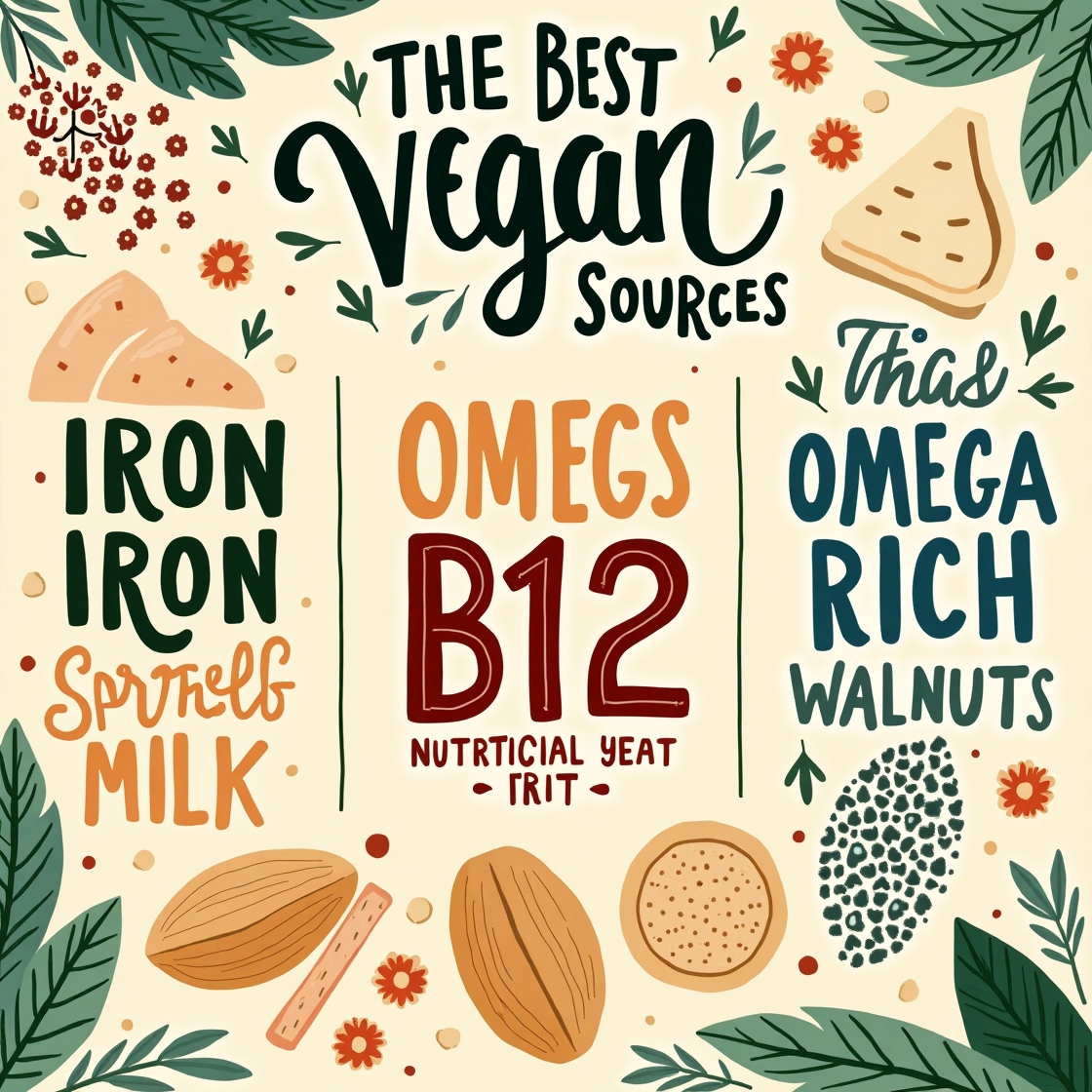


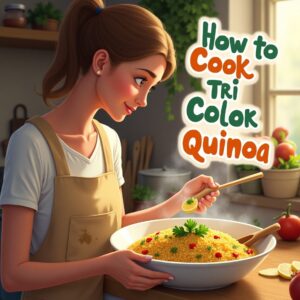



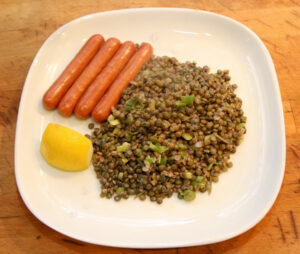
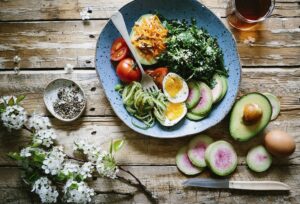



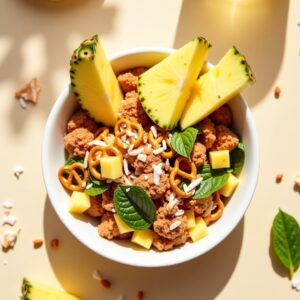
Post Comment